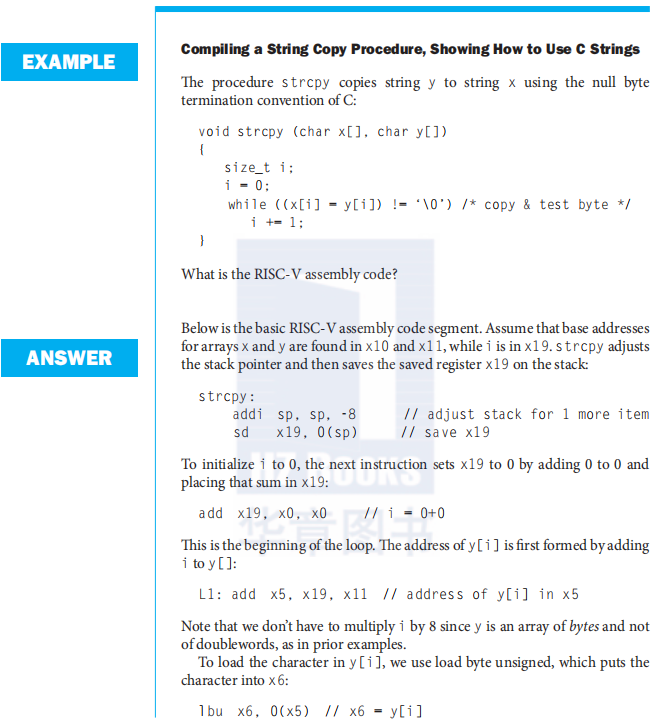
These two conclusions worked in concert removing instructions would allow the instruction codes to be shorter, freeing up bits in the instruction which could then be used to select among a larger set of registers. This suggested that the majority of instructions could be removed without affecting the resulting code. Instead, they selected the fastest version of any given instruction and then constructed small routines using it. Additionally, they noticed that compilers generally ignored the vast majority of the available instructions, especially orthogonal addressing modes. This suggested that additional registers would further improve performance.
SUPPOSE THAT A RISC MACHINE USES 5 REGISTER WINDOWS CODE
These demonstrated that code in high-performance settings made extensive use of registers, and that they often ran out of them.

The design was based on a study of IBM's extensive collection of statistics on their existing platforms. To reach their switching goal of 300 calls per second (1 million per hour) they calculated that the CPU required performance on the order of 12 MIPS, compared to their fastest mainframe machine of the time, the 370/168 which performed at 3.5 MIPS.

The 801 developed out of an effort to build a 24-bit high-speed processor to use as the basis for a digital telephone switch. Flynn views the first RISC system as the IBM 801 design, begun in 1975 by John Cocke and completed in 1980. Partly due to the optimized load/store architecture of the CDC 6600, Jack Dongarra says that it can be considered a forerunner of modern RISC systems, although a number of other technical barriers needed to be overcome for the development of a modern RISC system.

The CDC 6600 designed by Seymour Cray in 1964 used a load/store architecture with only two addressing modes (register+register, and register+immediate constant) and 74 operation codes, with the basic clock cycle being 10 times faster than the memory access time. The term RISC was coined by David Patterson of the Berkeley RISC project, although somewhat similar concepts had appeared before.

The key operational concept of the RISC computer is that each instruction performs only one function (e.g. The goal is to offset the need to process more instructions by increasing the speed of each instruction, in particular, implementing an instruction pipeline may be simpler given simpler instructions. Unlike the instructions given to a complex instruction set computer (CISC), with a RISC computer, a task might require more instructions (code) in order to realise a task, because the individual instructions are written in simpler code. In computer engineering, a reduced instruction set computer ( RISC) is a computer designed to simplify the individual instructions given to the computer in order to realise a task. The Sun Microsystems UltraSPARC processor is a type of RISC microprocessor.


 0 kommentar(er)
0 kommentar(er)
